The Galaxy Z Flip controversy: Is it glass or isn't it?
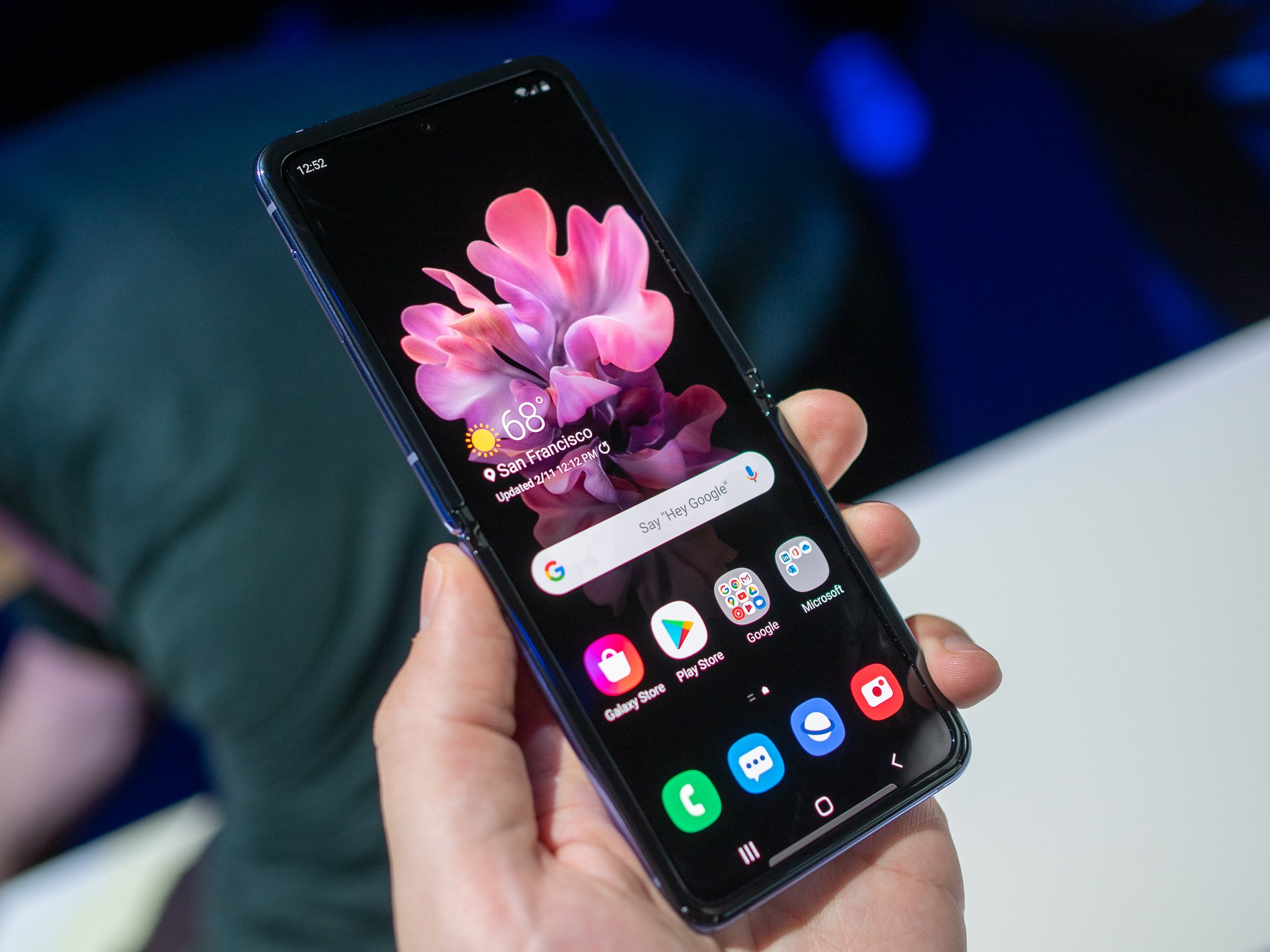
Foldable phones are a new category of handheld. Some, like the Galaxy Fold, are big phones that fold into a small tablet, and some are more like the Moto Razr and Galaxy Z Flip that turn a smallish phone into a bigger phone. One thing they all have in common is a display that has to bend.
Samsung has made a pretty big deal about the Galaxy Z Flip having a glass display that can fold, but it's not a glass display the way you would think it is.
More: Samsung takes folding phones mainstream with the Galaxy Z Flip
Your phone's screen
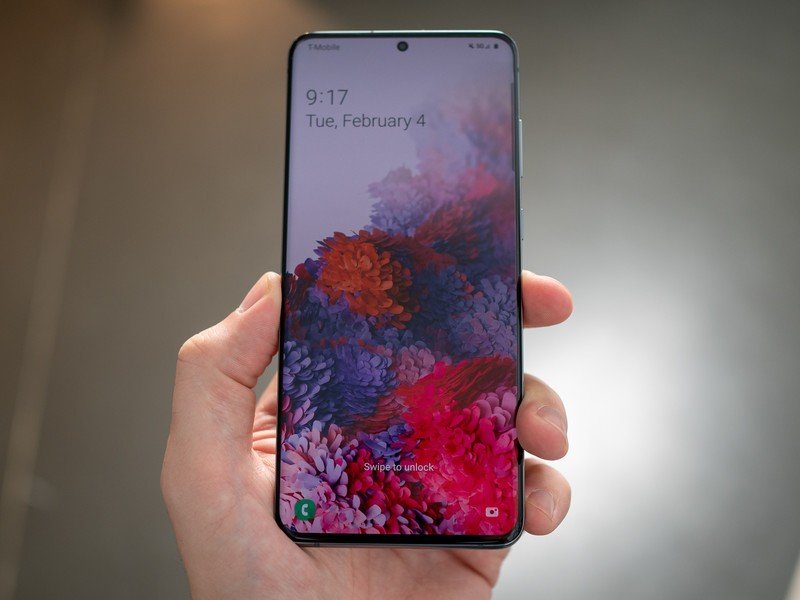
No two models of phone are built exactly the same way, but making a phone screen follows a fairly simple recipe using four layers.
First, you need some sort of backing so nothing that could come in contact with a circuit board inside the phone itself makes everything short out and go zap. On some phones, the backing is sturdy and helps make the phone more robust, and on others, it's just a thin, flexible insulation layer.
Your phone's screen is a four-layer sandwich.
On top of this backing, you have the actual display. This is the part that shows everything you see on the screen, like your home screen or an app, or a grid of icons. It's connected to the phone's circuitry, so what we expect to see is drawn on the display.
The display does not respond to touch, so the next layer is a digitizer. That's a fancy word for touchscreen, and it's the part that registers precisely where you touch and for how long. It, too, is connected to the phone's circuitry, and the phone keeps track of where things are drawn on the display layer and where you touch on the digitizer layer to make things work the way we expect them to work.
Be an expert in 5 minutes
Get the latest news from Android Central, your trusted companion in the world of Android
The top layer of most phone screens is a nice clear piece of glass.
On top of everything is a piece of glass. Not just any glass will work, as you need something that's thin and designed not to scratch easily, and also electrically conductive enough so that the digitizer can register where you are touching.
While this recipe sounds simple on paper, getting everything right is an incredibly complex task that takes a lot of work and the right parts. And when you expect the display to fold in half, everything gets more complex, and many of the parts need to be designed in-house.
Flipping and folding
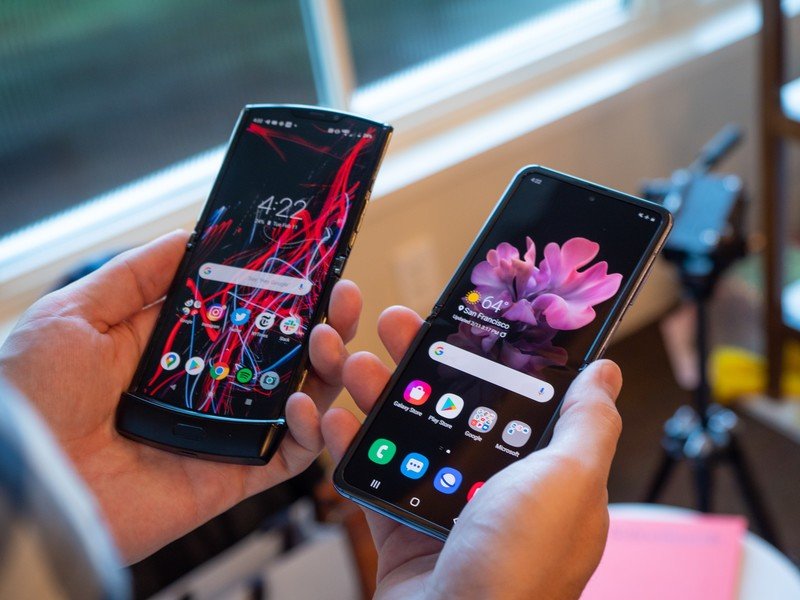
Flexible OLED panels that can twist and fold and bend aren't very new. LG first showed off a flexible OLED panel in 2012 that would wrap around a roller or be bent in half without any visible damage. Most likely, Samsung and Sony and every other company that makes displays also had a similar design sitting in an R&D lab.
This is because the OLED panel itself isn't a rigid thing. It's more like a film or an old-school vinyl screen protector that flexes and bends and can be shaped however it needs to be, with the actual crystal cells being the only part that's sensitive to being folded. All display makers needed to do was make these cells (think of them as the individual pixels) tougher without making the panel itself more rigid.
Samsung Galaxy Z Flip vs. Motorola RAZR: Which foldable should you buy?
The digitizer is likewise a film sheet and folding it isn't much of a problem either. I'm sure similar work needed to be done so it could be flexible during normal use and still register properly, but no wheels needed to be reinvented here.
The top layer — what would be some sort of hardened glass like Corning's Gorilla Glass on a regular phone — is a whole different story. There is no way a 500-micron thick piece of ultra-clear hardened and coated glass is going to flex more than a few degrees before it snaps unless it's really big. Like the side of your house big.
Samsung had to come up with a solution, and with the original Galaxy Fold, that solution was a plastic display. Since the words plastic display have such a negative stigma when it comes to touchscreen devices like a phone, with the Galaxy Z Flip, Samsung went further and used a glass display. Technically, anyway.
How it works
Samsung tapped a company called SCHOTT to make a super flexible glass layer for the top of the Galaxy Z Flip screen. It's actual glass, it actually bends, and can actually break just like regular glass does if you abuse it or get unlucky.
Received my Samsung Galaxy Z Flip just now. Opened the box. Removed the protective/instruction film. Flipped the phone as you would do since it's a flip phone and this happened. I heard the crack as well. 😰 cold weather?#SamsungGalaxy #ZFlip #samsung pic.twitter.com/j8KLL2vm8dReceived my Samsung Galaxy Z Flip just now. Opened the box. Removed the protective/instruction film. Flipped the phone as you would do since it's a flip phone and this happened. I heard the crack as well. 😰 cold weather?#SamsungGalaxy #ZFlip #samsung pic.twitter.com/j8KLL2vm8d— Amir 💎 (@mondoir) February 14, 2020February 14, 2020
Sounds great, right? It is, except for one thing — this glass layer is really thin, and without some sort of protection, it's going to break very easily. So Samsung did the only thing it could with the technology we have today — add a plastic protective layer over the top of the glass.
So you now have a fifth layer in the display sandwich — plastic protective layer > UTG (ultra-thin glass) layer > digitizer > SAMOLED display > backing. This is why it scratches so easily when Zack from JerryRigEverything gets his hardness stylii out and checks how good the "glass" display on the Z Flip really is.
But that's not the only issue with the Z Flip display. Everything is super thin and super flexible and covered with plastic. This is why Samsung tells you not to press had on the display when you use it. Sharp fingernails will cut into the plastic layer, and if you press too hard, you might just break the ultra-thin-glass layer because there isn't a lot there to support it. Science and all that.
Realistic expectations
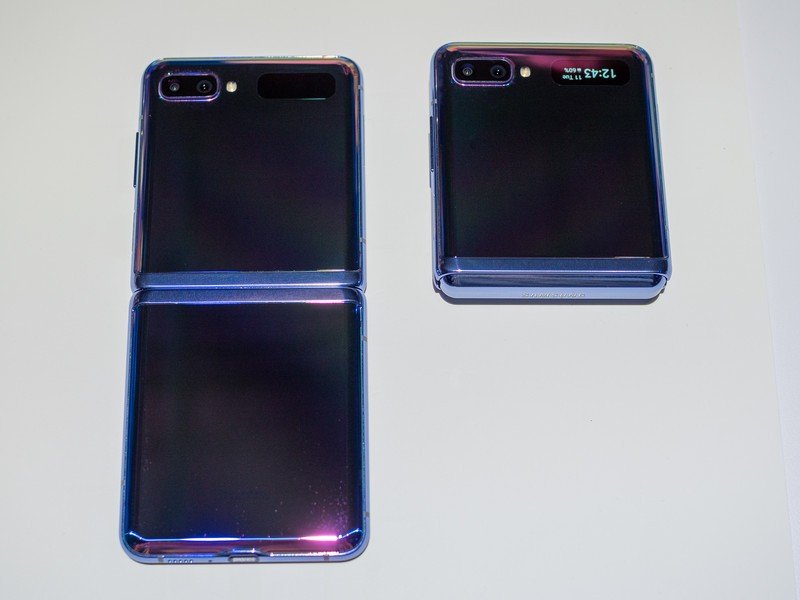
I really think Samsung needs to stop advertising the Galaxy Z Flip as having a glass display without a great big asterisk beside it. But I also think Samsung did the best job it could do with the tech available right now.
You probably aren't going to push hard enough on the display of any phone to break the Z Flip's glass layer, and if you get out hardness testers and scratch things you deserve what you get.
Having something like a fingernail scratch the plastic overcoat is very concerning though, and I hope Samsung has some sort of plan for a screen protection accessory (maybe a two-piece glass protector?) that prevents this from happening. The rest of the phone looks solid, and I can see mass consumer appeal if the price can come down. I can also see mass consumer backlash if screens start scratching and breaking much easier than every other phone out there.
In the end, it is the first foldable with a glass screen, even if it's buried under a layer of plastic and prone to breakage.
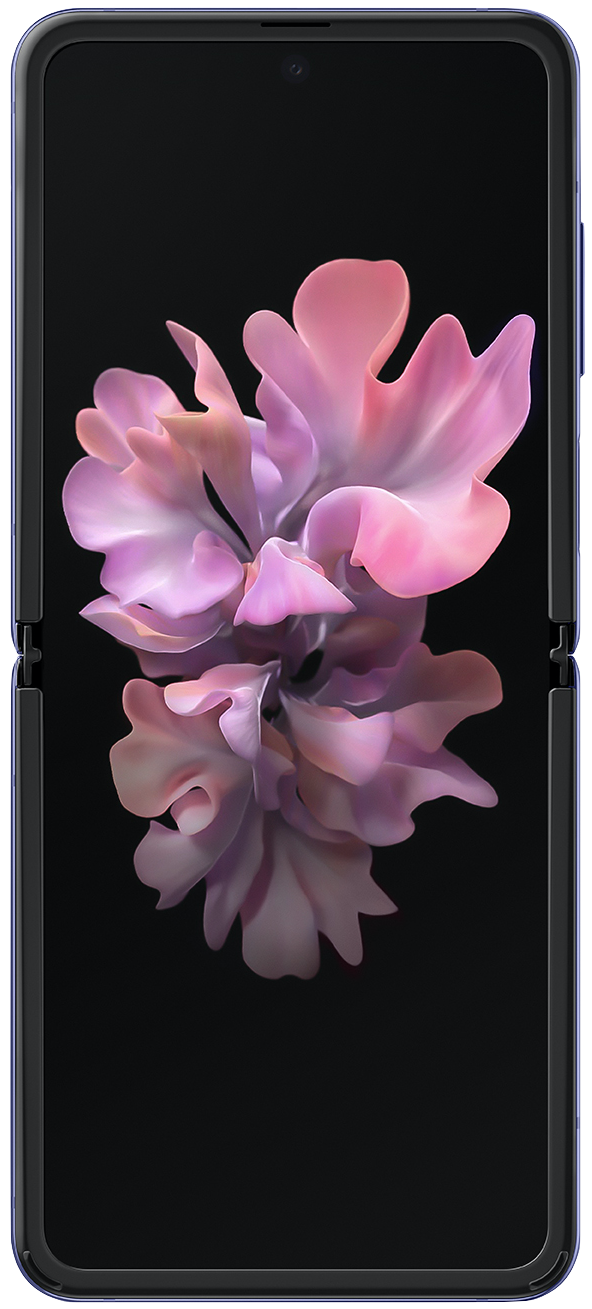
A foldable with a glass display. Sort of.
The Galaxy Z Flip certainly isn't for everyone, but it's the first folding phone that has the potential to appeal to more than diehard techies. The display feels nicer to touch even if it's still plastic we're touching, and it's also slightly cheaper than the Galaxy S20 Ultra.

Jerry is an amateur woodworker and struggling shade tree mechanic. There's nothing he can't take apart, but many things he can't reassemble. You'll find him writing and speaking his loud opinion on Android Central and occasionally on Threads.

